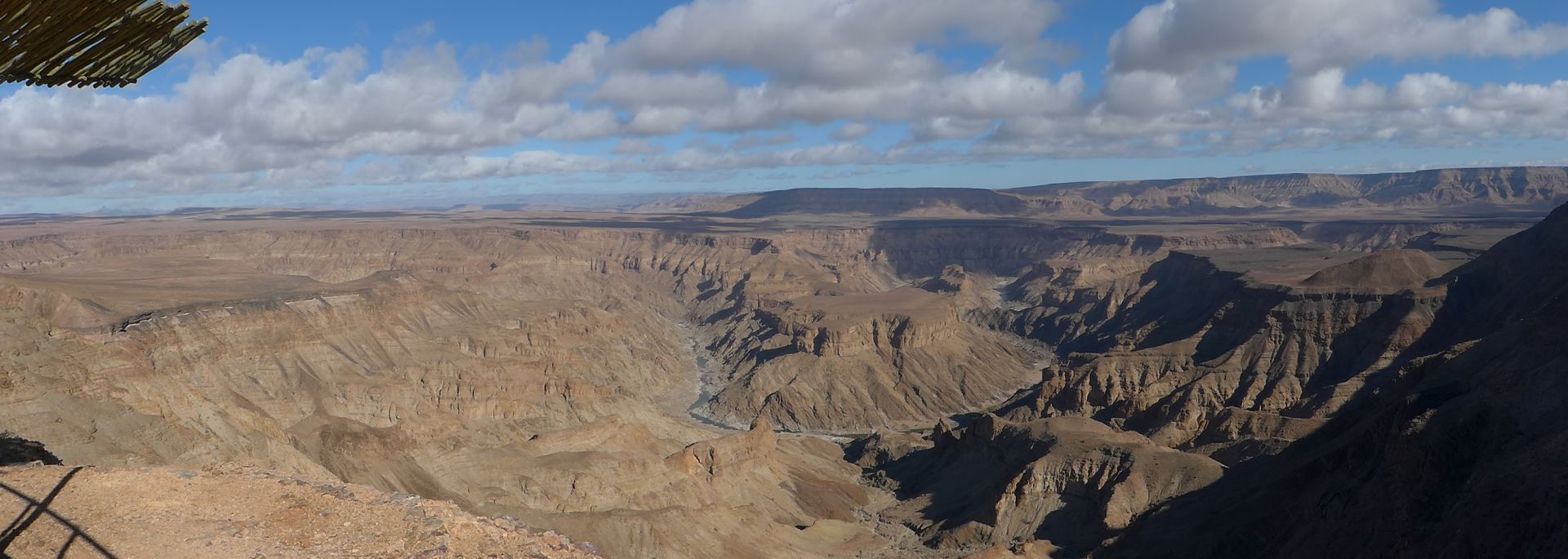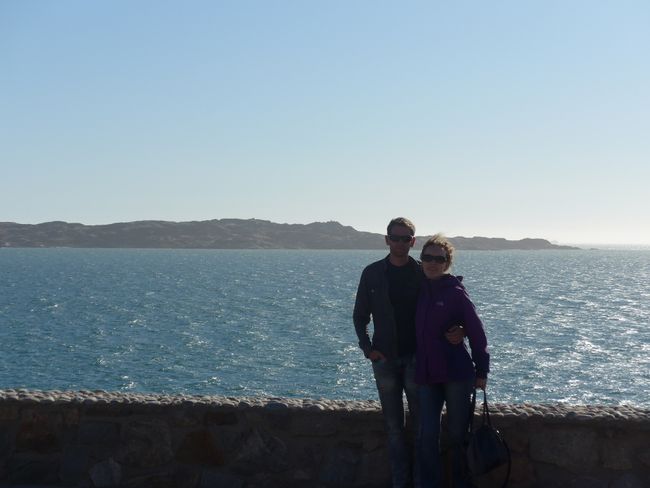Hoi An and My Son (Vietnam Part 4)
Објављено: 17.02.2019
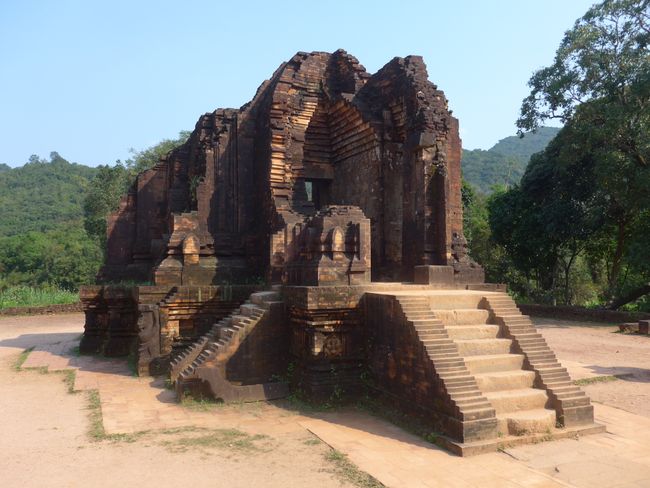
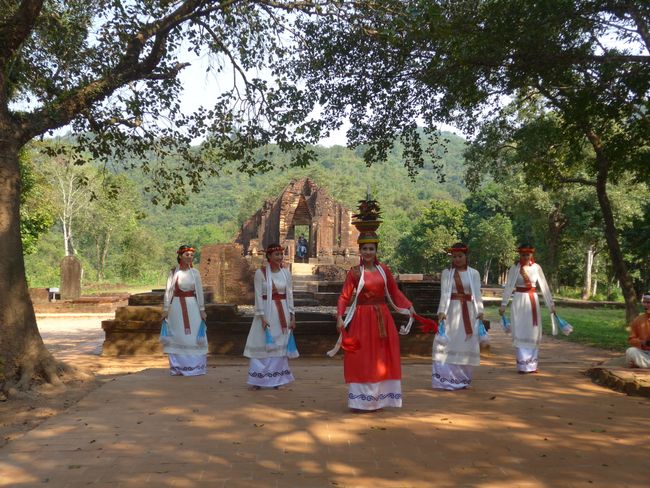
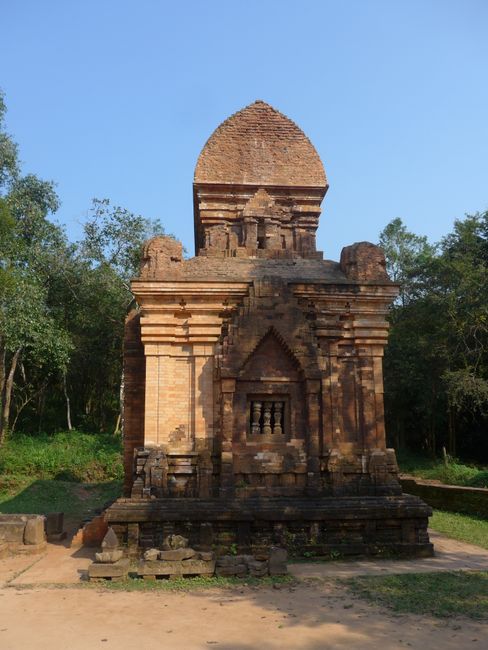
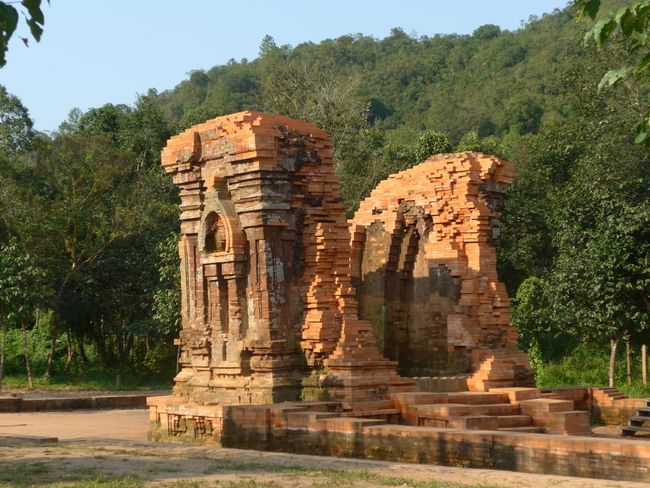
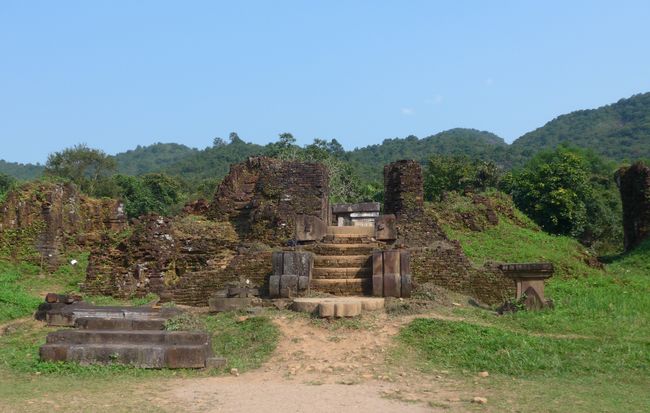
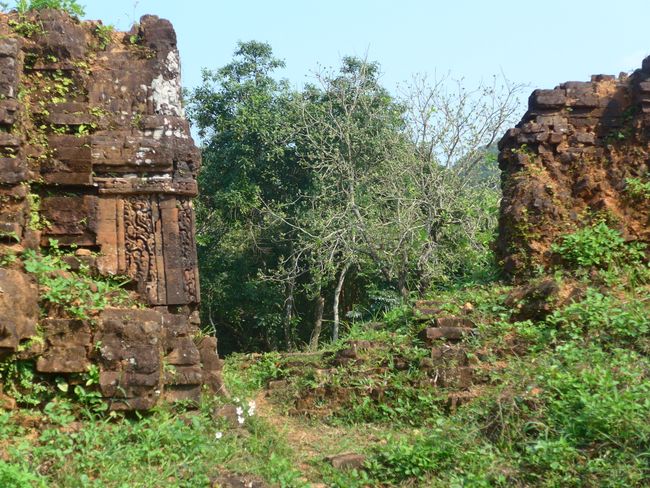
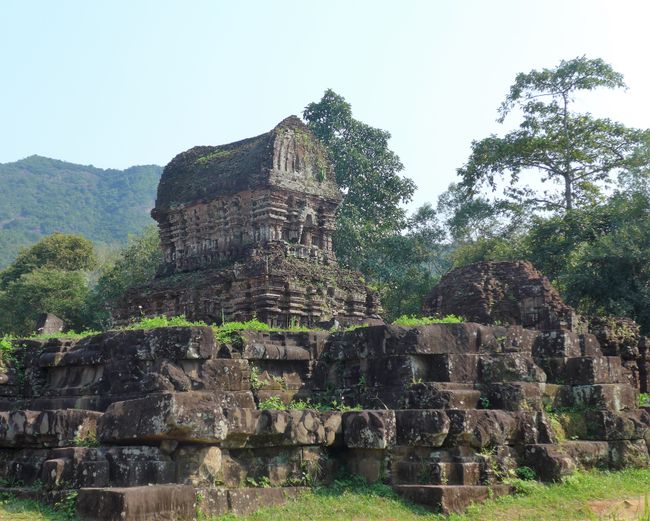
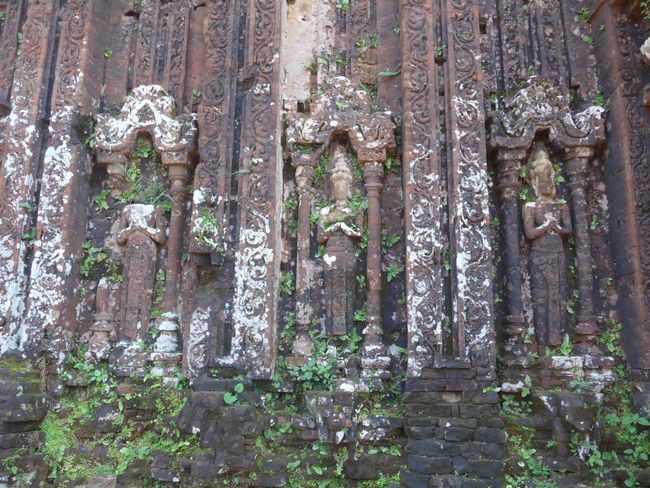
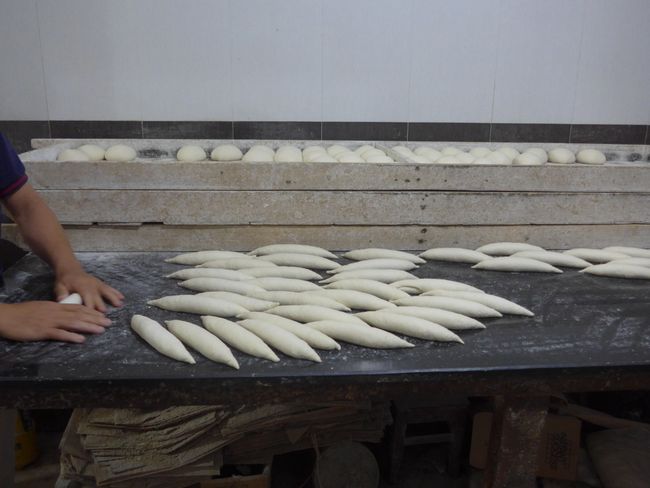
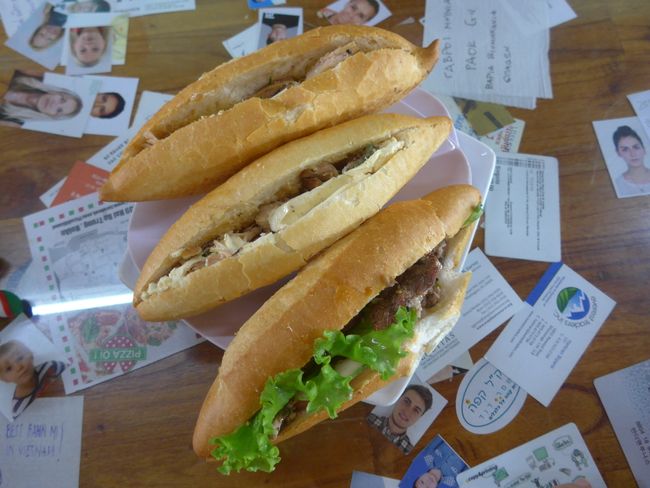
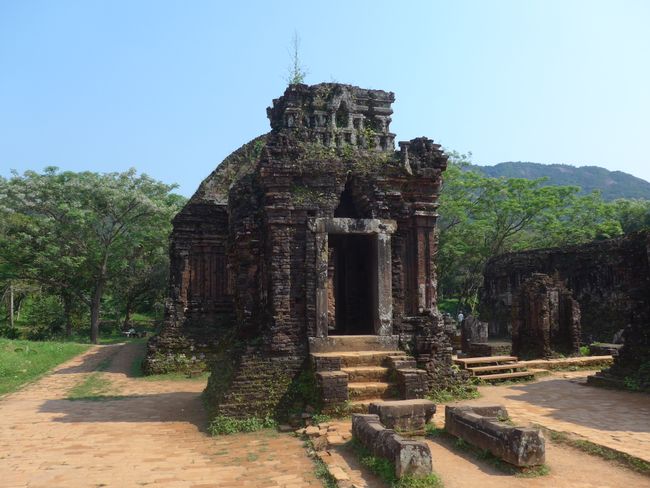
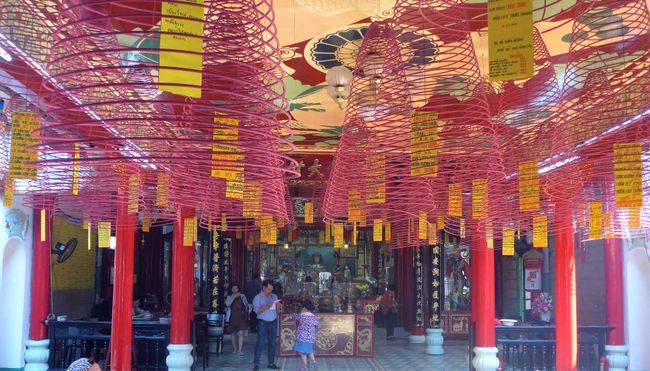
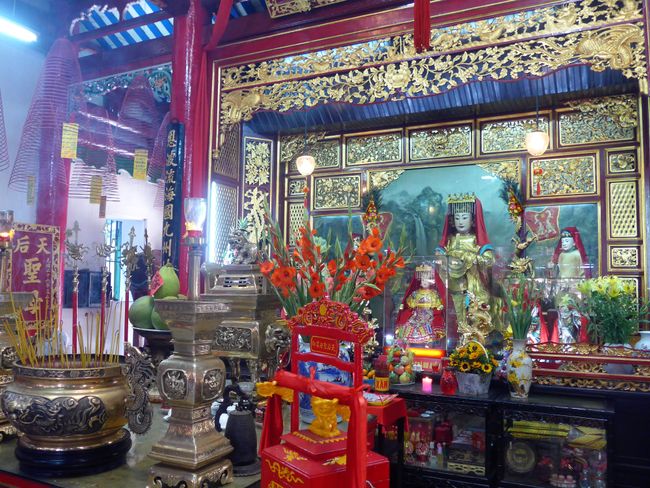
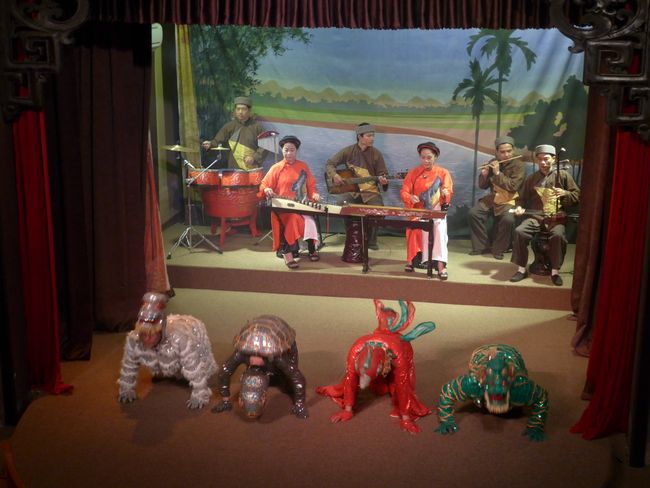
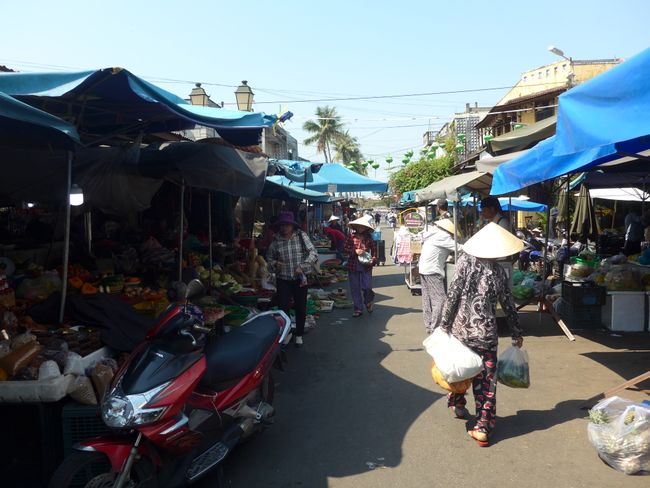
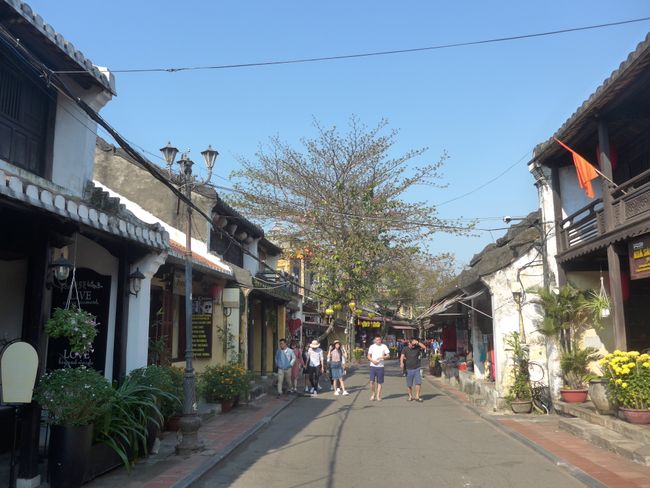
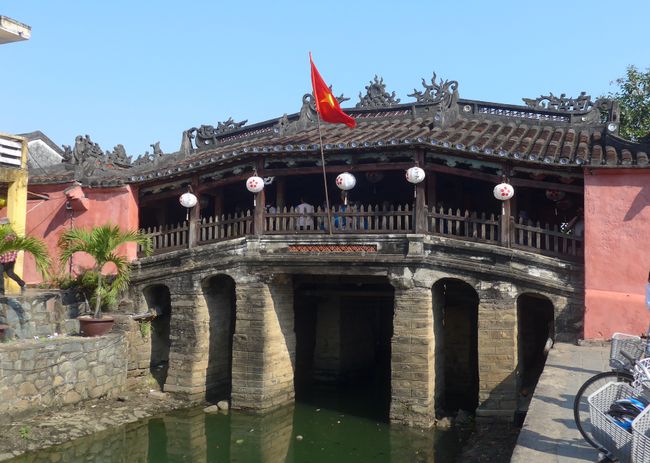
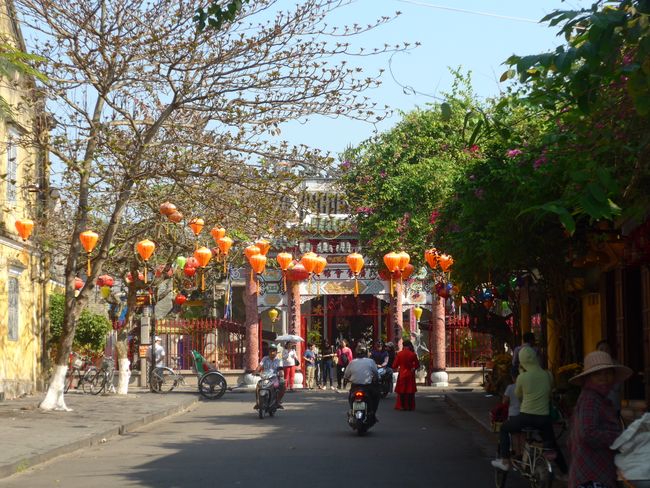
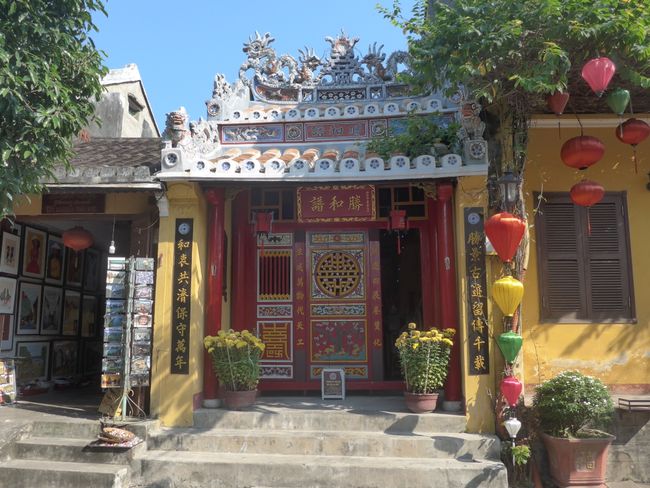
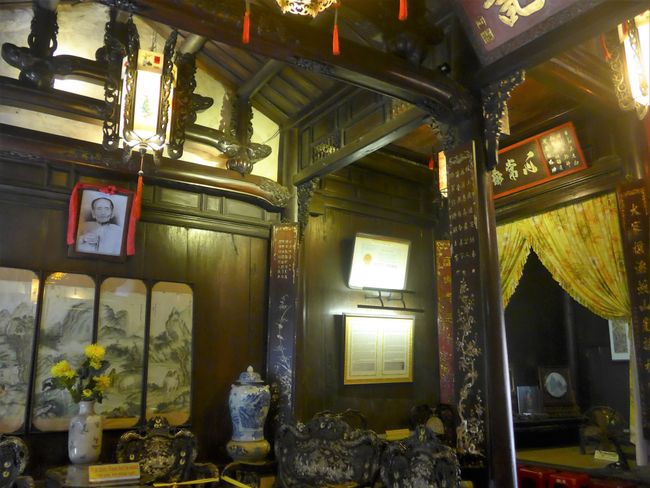
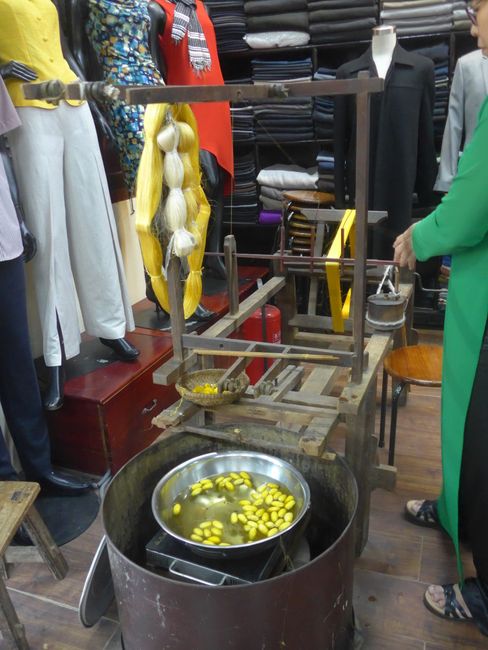
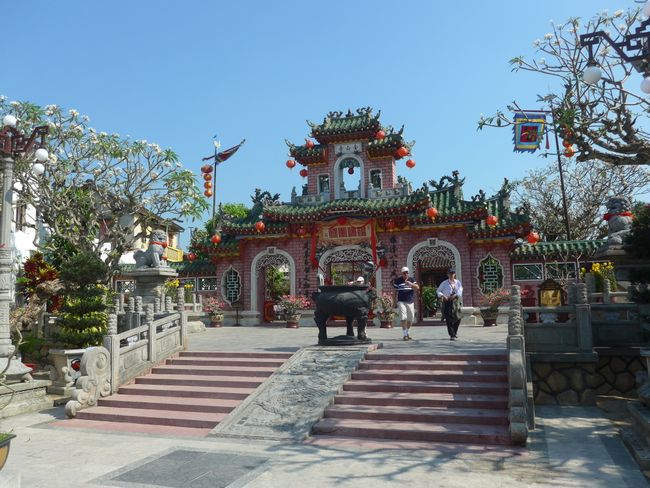
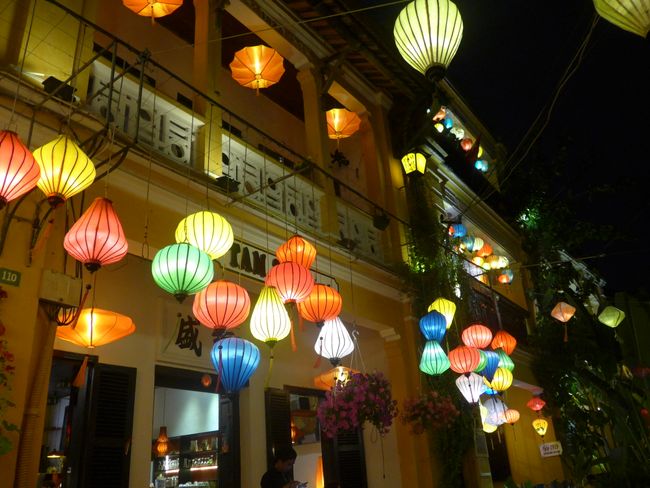
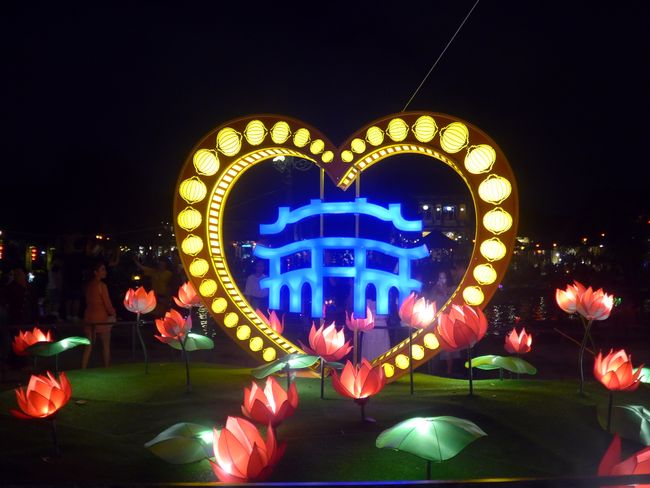
Пријавите се на билтен
In the Vietnam War, the old town of Hoi An was mostly spared, and so tourists flock here to see the historic city center.
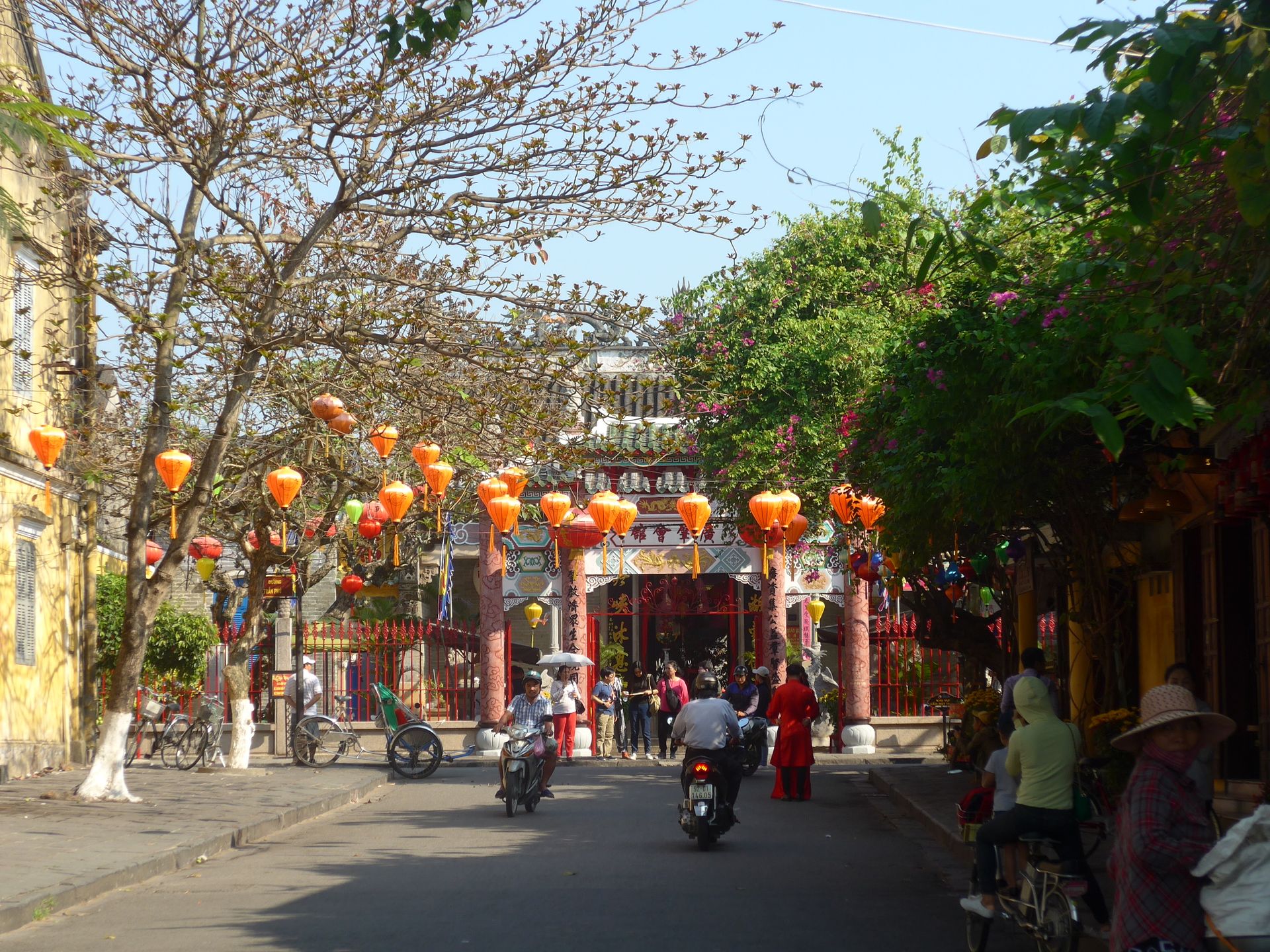
From the 16th to the 18th century, this was a trading town where the Japanese and Chinese established their settlements. The traces of the former residents are still visible in the architecture today.

The Japanese and Chinese quarters are connected by the Japanese Bridge.

Some old houses are open for visitors. Instead of the former shops for goods such as silk, tea, or porcelain, there are now souvenir shops along with the old impressive interior.

In a magnificent assembly hall from the 17th century, the smell of incense greeted us.

Our tour guide explained to us that many residents are superstitious and, according to popular belief, make sacrifices and light incense spirals with wishes for the new year.

Various god figures have also found a place here with their altars. Besides the goddess of the sea, who was particularly important as a patron for the former seafarers, you can also ask the well-nourished god of prosperity for help if business doesn't go as planned.

In a silk factory, we saw how silk is processed. In a cabinet, silkworms and their cocoons were kept. Of course, at the end, we could have also bought an inexpensive custom-made silk dress or suit...
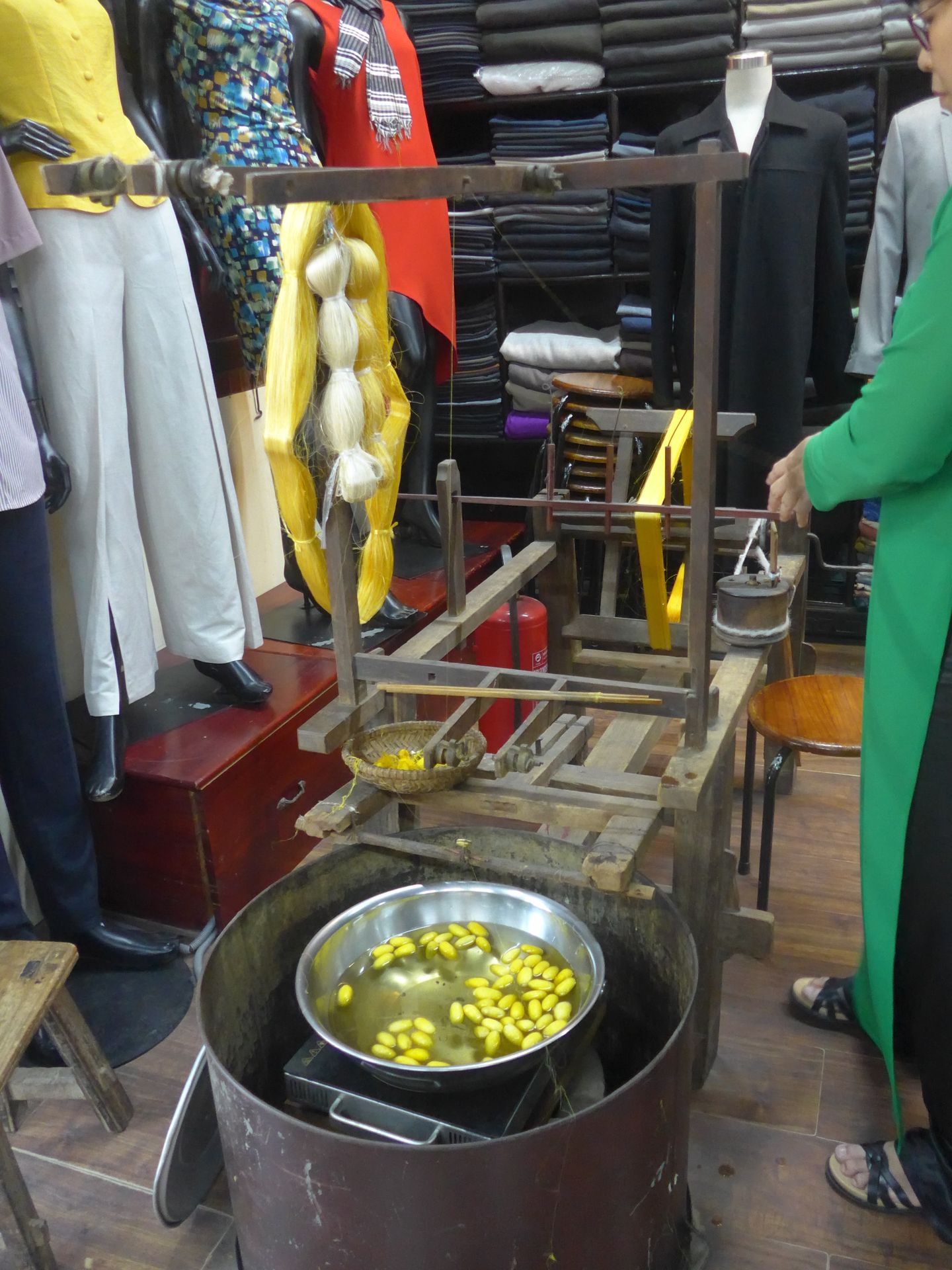
At a music and dance show, we experienced traditional music, colorful costumes, and a song from a Vietnamese opera.
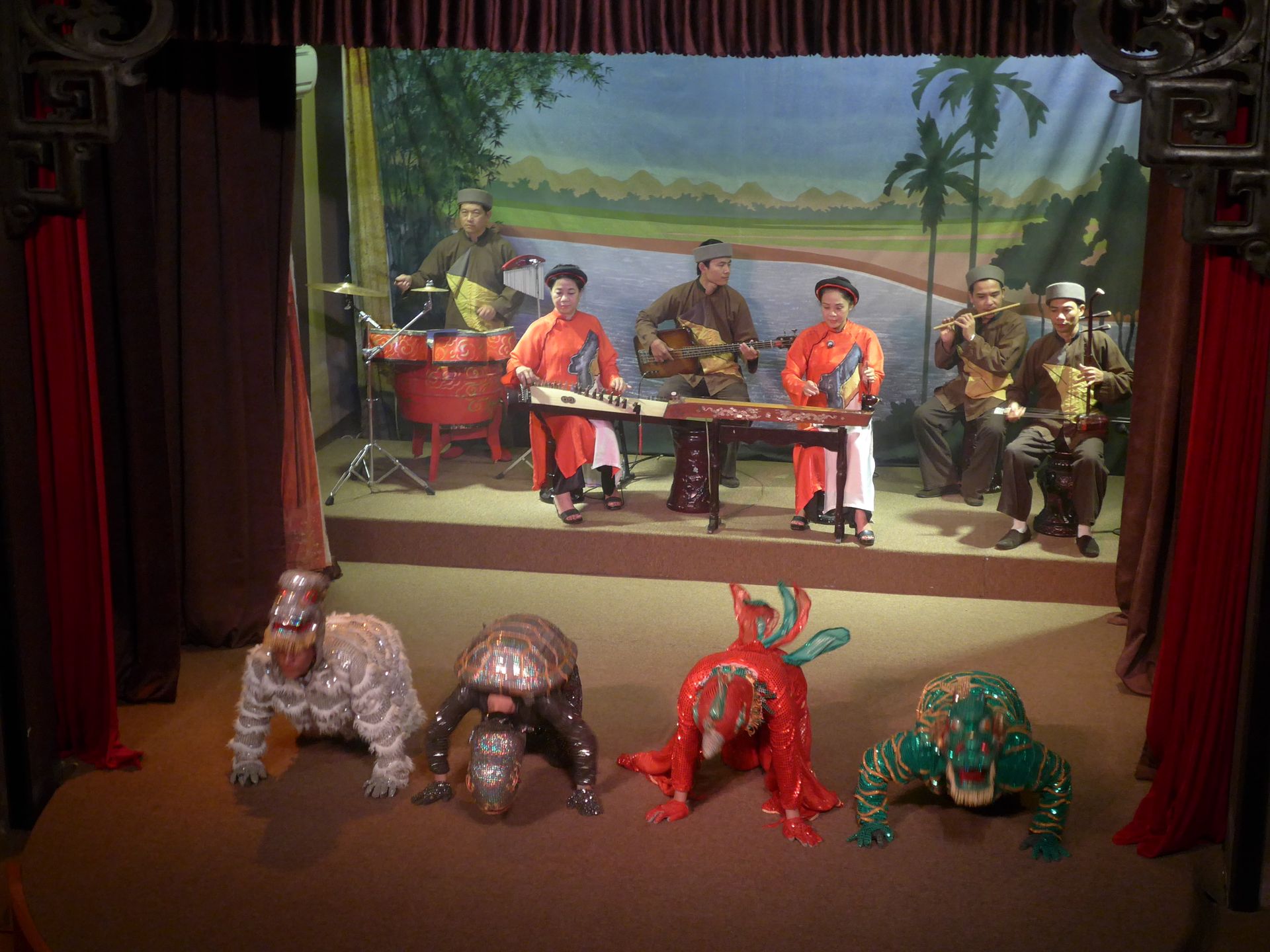
A stroll through the market with seafood, fruits, and vegetables was also part of our visit to the old town.

Afterwards, we went to have "Banh Mi," which is a Vietnamese baguette, but shorter than its French counterpart. We went to the place where, according to our tour guide, the world's best baguette can be found. There, we were allowed to take a look into the bakery.

Then we ordered our Banh Mi, with a choice of various fillings. The bread tasted really good, so we were strengthened for our afternoon program.

We drove to the temple ruins of My Son. This temple city of the Champa kingdom was never inhabited (except by priests and temple servants), but was always used for worshiping the gods, which was certainly due to the unfavorable climatic conditions. The temperatures here are even higher than in Hoi An because the air stagnates in the basin.
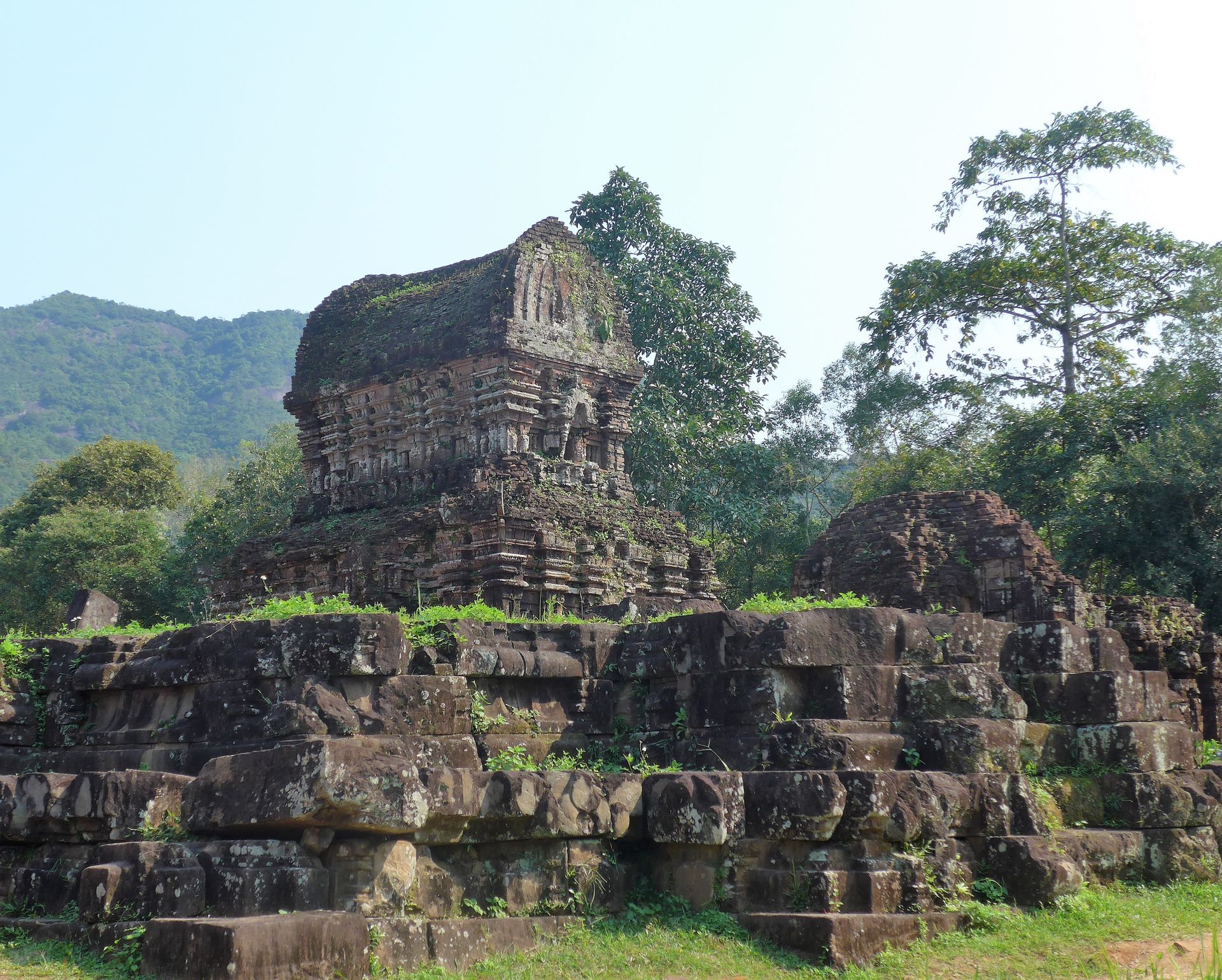
Since 1999, the temples have been part of the UNESCO World Heritage. They date back to the 7th-13th century but were heavily damaged by American bombs during the Vietnam War. Some bomb craters can still be seen today.
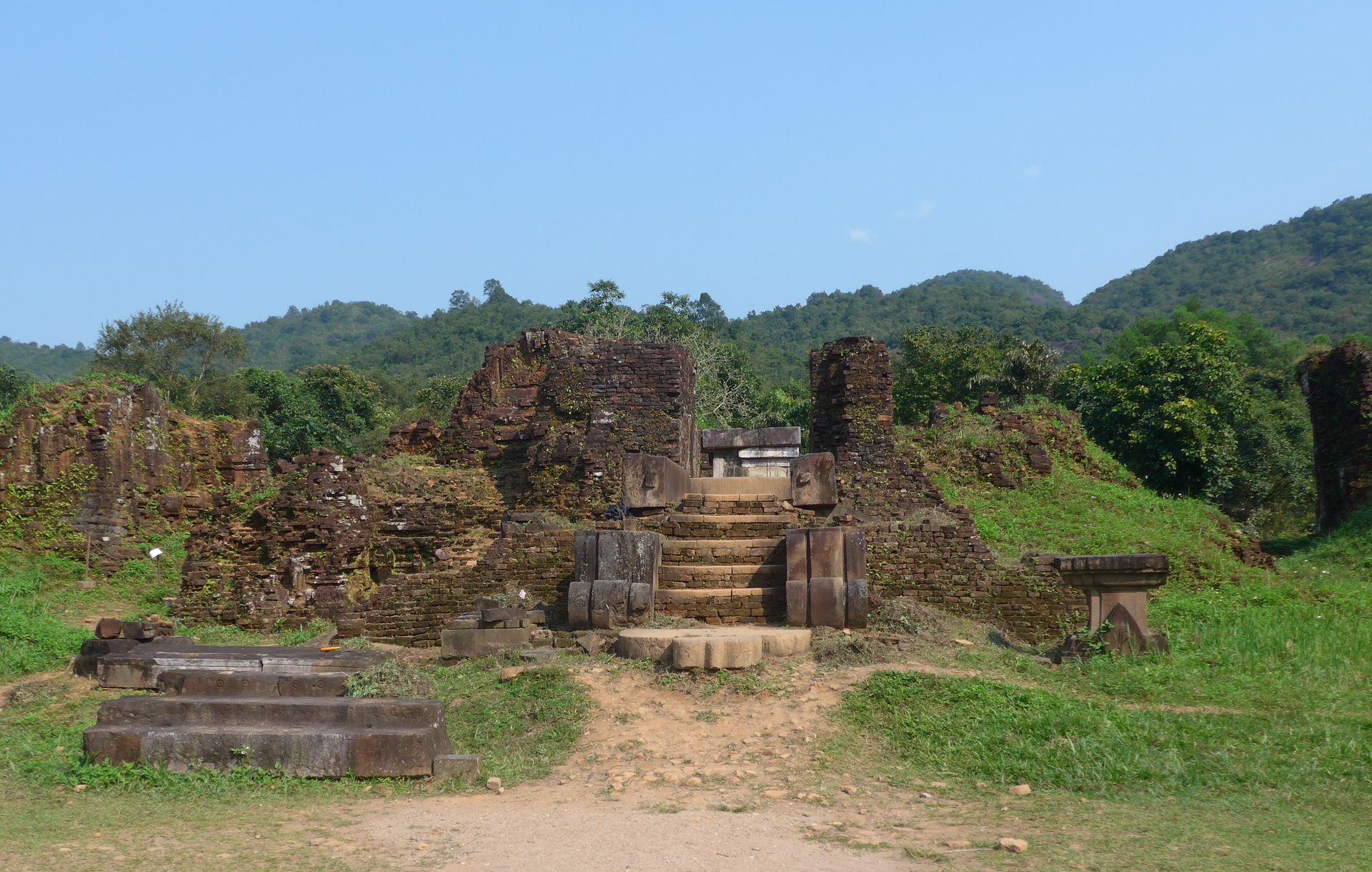
Kings probably built temples here since the 4th century. However, the first buildings were made of wood and have not been preserved.

Some parts of the complex have been rebuilt or at least partially constructed. Unfortunately, the art of producing the bricks as the former Cham culture did is no longer known today.

Because they were able to produce lighter bricks, they were able to construct buildings in a way that is not possible today.


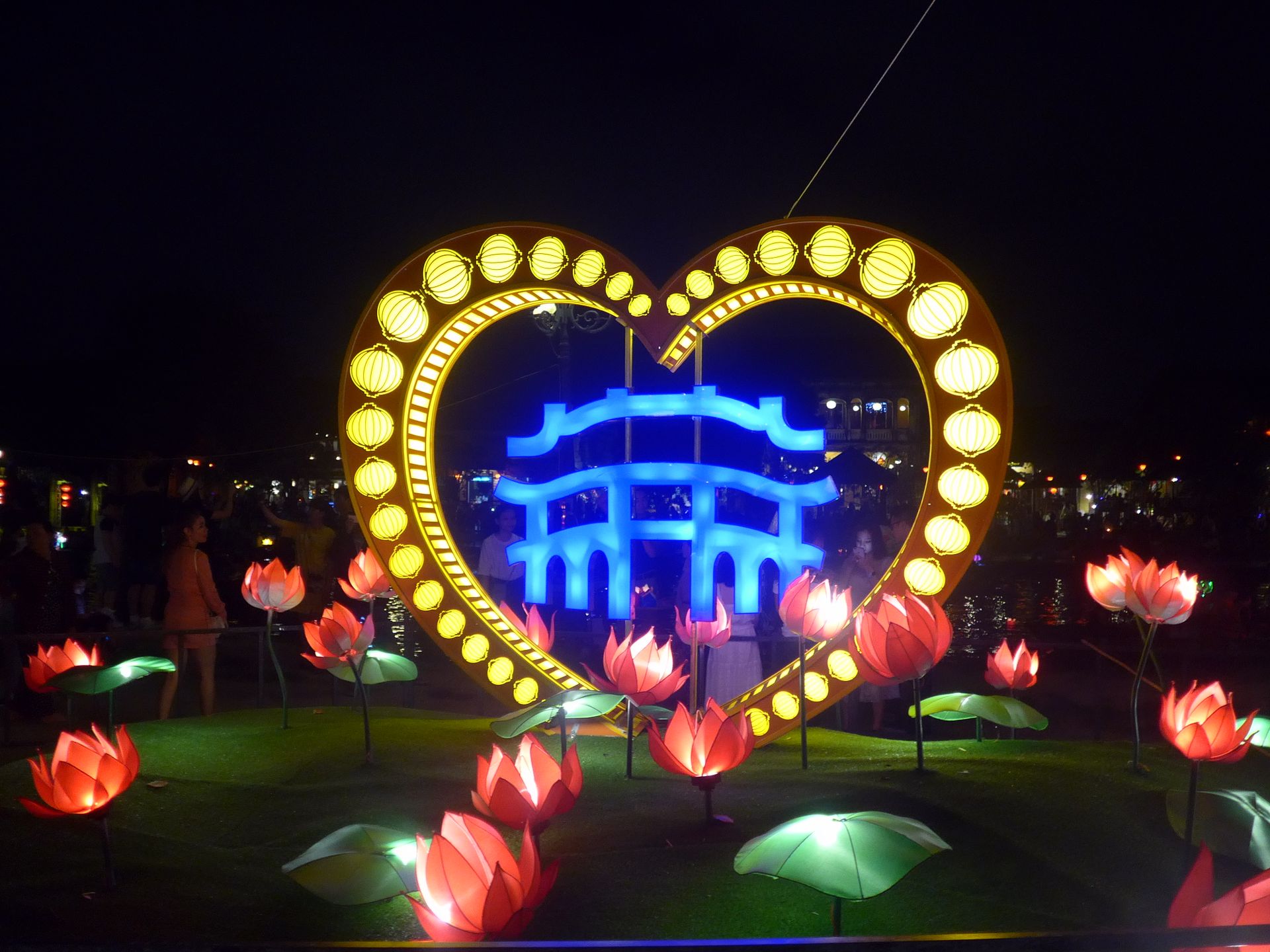
Пријавите се на билтен
Одговор
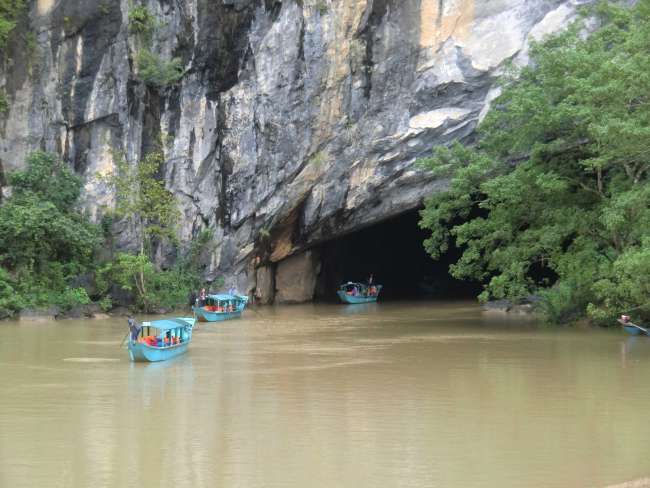
Извештаји о путовањима Вијетнам
